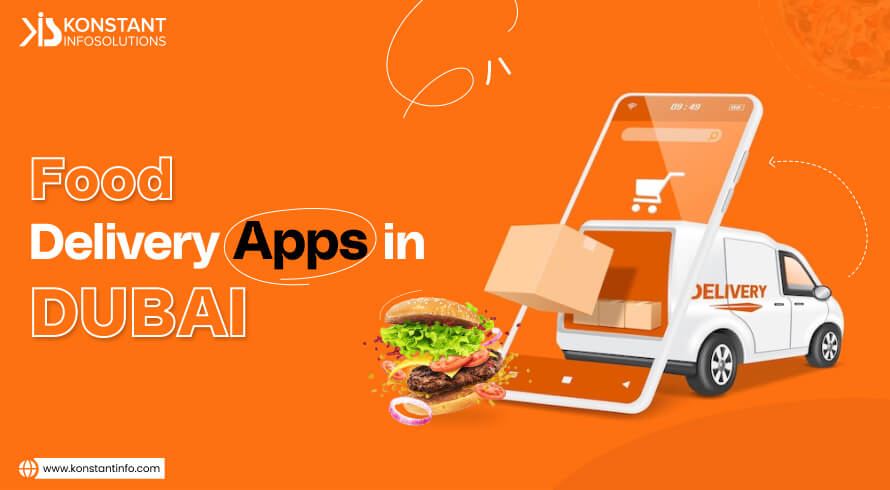The cost of building a web app varies widely, from roughly $15,000 for a simple project to well over $250,000 for a complex, enterprise-level application. This price is determined by the app's features and functionalities, its required scalability, and a variety of other factors.
Complexity is the most significant cost driver. An app can simply go on, according to the client’s demand, the need to have innovative features, the need to refurbish the legacy code, live data, and customized algorithms. Every feature added increases development time, which increases cost. Advanced functionalities require more skilled developers and extensive testing. Custom, modern, and complex designs with animations and micro-interactions are more expensive than using pre-built templates. Quality design can take up to 20% of the budget.
The developers you wish to hire, and the location where they operate from, the language they speak, the timezone they follow, the skills they possess, the technologies that are in demand, the customized demand of the client, all are key points that need to be considered while developing any kind of app.
So based on where your team is operating from, in house, or from a different country remotely, or on a full time or a freelance basis, that will cost you accordingly. In-house teams offer high control but have higher upfront costs. Outsourcing to countries with lower labor costs (e.g., Eastern Europe, India) can reduce costs significantly. Freelancers can be the most affordable option for smaller projects.
Next comes technology selection, which in itself lays the foundation of the project. It must be known, it must not be new, but in case it is new, it should be learnt to make things happen. The specific frameworks, languages, and databases used affect both development time and long-term costs. Open-source technologies can reduce licensing fees.
Next is the need to stretch the project based on future requirements - how scalable can it be? Building an application that can handle growth requires a more robust architecture, which adds to the initial cost.
Where will integrations go? The cost increases with every third-party service, API, or system that needs to be integrated (e.g., payment gateways, social logins).
Expenses incurred after launch also contribute to the overall cost. Ongoing costs include maintenance, security updates, server hosting, and bug fixes, which can amount to 15–20% of the initial development cost annually.
What should you include in a web app?
To make it purposeful (not all-purpose, though), add features that impact development time and cost for user management, payment processing, real-time functions, data analytics and reporting, search and navigation, e-commerce, third-party integrations, and content management system.
This must essentially include: User registration, authentication (including multi-factor authentication and biometric logins), and role-based access control. Integration with secure payment gateways such as Stripe or PayPal for transactions and subscriptions. Live chat, push notifications, and data synchronization for features like collaborative tools. Advanced dashboards that track and visualize key metrics like user behavior, sales, and app performance. Simple search bars and filtering are basic, while complex, full-text search capabilities are more advanced. A product catalog, shopping cart, and order tracking systems for online stores. Connecting with other services like email marketing platforms, social media, or CRM tools, and allows non-technical users to manage the app's content.
Consider Scalability Too
The app will be required to scale at some point in time, even if you think that it has everything that your clients need right now. Planning for scalability is essential for long-term success and affects the web app's architecture and cost.
But it is essential to know your needs as early as possible, because the amount of delay you do, the costlier the project becomes. Over-provisioning infrastructure can be costly, but a lack of preparation can lead to performance issues.
How can you go on with the project without thinking once about the structure that strengthens it?
Choose Monolithic for a simpler application with fewer features. Select Microservices if your project has several modules and integrations, and one service is dependent upon another to function properly.
Don't forget cloud, because you will at some point in time run out of physical server space and would want your clients to subscribe to avail the services. This would only be possible if you save some part of your application on cloud (virtual server), that is limitless and has endless possibilities. Cloud platforms like AWS, Google Cloud, and Azure allow for flexible, "pay-as-you-go" scaling. This prevents wasting money on idle infrastructure and automatically handles traffic spikes.
All the data that the user interface forms fetches needs to be stored on SQL or NoSQL databases, depending upon the size of the project.
Take care of load balancing as it is more than necessary to distribute incoming traffic across multiple servers to ensure the app stays responsive, even during peak usage.
Handle issues that were recessive from rushed development, to avoid performance bottlenecks and expensive rewrites in the near future.
So what is the cost to build a web app?
You’ve got an idea, maybe even wireframes scribbled on napkins, and now you’re staring at the wide unknown of budget, wondering if this is a $5,000 weekend project or a $500,000 commitment. Without much delay, I wish to tell you that building a web app isn’t cheap. Good software takes time, skill, and planning.
Why Are Web App Costs All Over the Place?
This is because every app is different, with different features, functions, number of developers, skills of developers, technologies used, location of development team, type of development team (in-house, outsourced, freelance, full-time, part-time), project budget, and deadline of submission, just in case it is not a whitepaper. That’s why working with a good web development agency isn’t just a nice-to-have; it’s essential because you’re not just paying for code, but also for clarity, process, and reliability.
What You’re Paying For?
If you go about building your first web app, you will have to pay for app complexity (somewhere around $10,000–$60,000 and it would take 1–3 months to complete.
For a project of medium complexity, with more features than a simple app, be ready to spend $60,000–$150,000, and it would require 3–6 months to complete.
For a large project, that is based on a microservices architecture, has several integrations and modules, which would take more than 9 months to complete, the cost can go up to $2,00,000+. If you have an idea, you can go on reviving your app and make it richer and costlier.
The presentation will give you brownie points. A slick, intuitive interface is what separates an app people love from one they abandon. Custom UI/UX design doesn’t come cheap, expect to pay more if you want your web app to feel modern and thoughtful, not just functional.
A stack using Node.js, React, and AWS is priced differently than something built with PHP and MySQL.
Some stacks are easier to scale, some are faster to build with, others are more secure. A top web development company will help you choose the right one based on your app’s needs.
The Hidden Costs Nobody Tells You About
This is the part people often forget, and where budgets quietly balloon.
AWS, Google Cloud, Azure aren’t free. You will incur cost on every service you wish to avail. You will require securing your data. SSL, encryption, firewalls, and security audits, all cost money, which are non-negotiable. Set aside a budget for content, ads, SEO, and launch campaigns.
Moreover, bugs are inevitable, and browsers update, and new features are updated. You’ll need someone on hand to fix things and roll out updates. A plan for ongoing costs ($2,000 to $10,000) a month isn’t unusual.
If your app is being handed over to a team, someone has to train them. That could be internal staff, or clients, or end users. Good documentation is part of that. Skipping it is like giving someone a new car with no driver’s manual.
So, what’s a realistic budget?
An MVP or Prototype would cost around $15,000–$40,000, which would be enough to test an idea and show to investors.
A Functional Mid-Tier App would cost around $75,000–$120,000, which would be ready for users, scalable for growth.
A Polished Enterprise Product would cost around $200,000–$500,000+, which would be built to handle high traffic, compliance, integrations, and long-term use.
What would you prefer, doing it on your own or hiring a Web App Development Company?
If you’ve got coding skills and time, building it yourself can save money. But most people don’t have the bandwidth or the technical range. That’s where they should hire a solid web app development company. The upfront cost is always higher. But a top web development agency brings project managers, designers, QA testers, and architects to the table, as they keep timelines tight and deliver a cleaner product.
A Few Closing Thoughts
In 2025, users expect more from web apps - (1) Clean interfaces, (2) Instant response times, (3) Zero bugs. Building something great takes effort, and money. But under-budgeting is the fastest way to burn money. Trying to cut corners upfront always leads to fixes later, which eventually become expensive.
So don’t just ask “What’s the cheapest way to build this?” Ask: “What’s the smartest way to build this right the first time?”
Work with people who’ve done it before. Be honest about your needs. Know that scope creep is real, and plan for it. A good web development company will help you navigate all this, not just give you a price and disappear. And if someone gives you a quote without asking detailed questions, run. Either they don’t care or they don’t know what they’re doing. Web apps are investments. Treat them like it.
-
 Top Dating Apps in Dubai and the Rise of Dating Culture
Top Dating Apps in Dubai and the Rise of Dating Culture -
 Top Food Delivery Apps in Dubai for 2025
Top Food Delivery Apps in Dubai for 2025
Konstantinfo
Dedicated to keep you updated in the rapidly evolving domain of technologies, entrepreneurship, and their collective impact on the local business ecosystem with our empowering organizational ideas, board announcements, key information and insightful resources that are valuable to you as an aspiring business and an avid audience.
